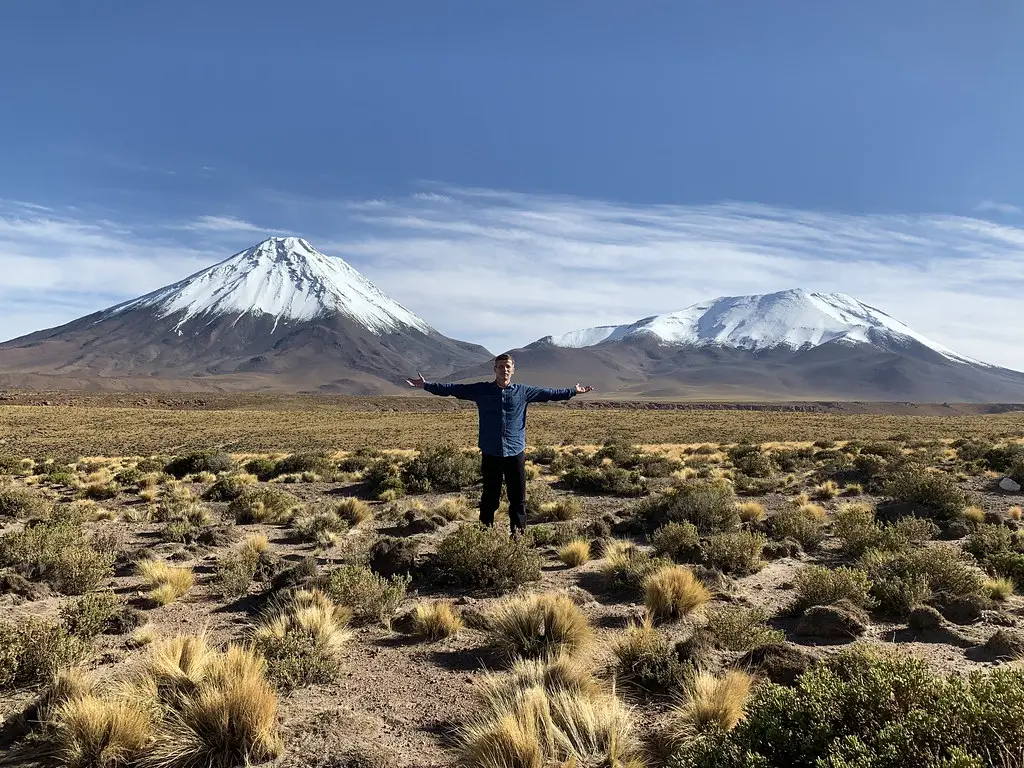Table of Contents
Scenic Villages With an Atacameño Feel in the Atacama Desert
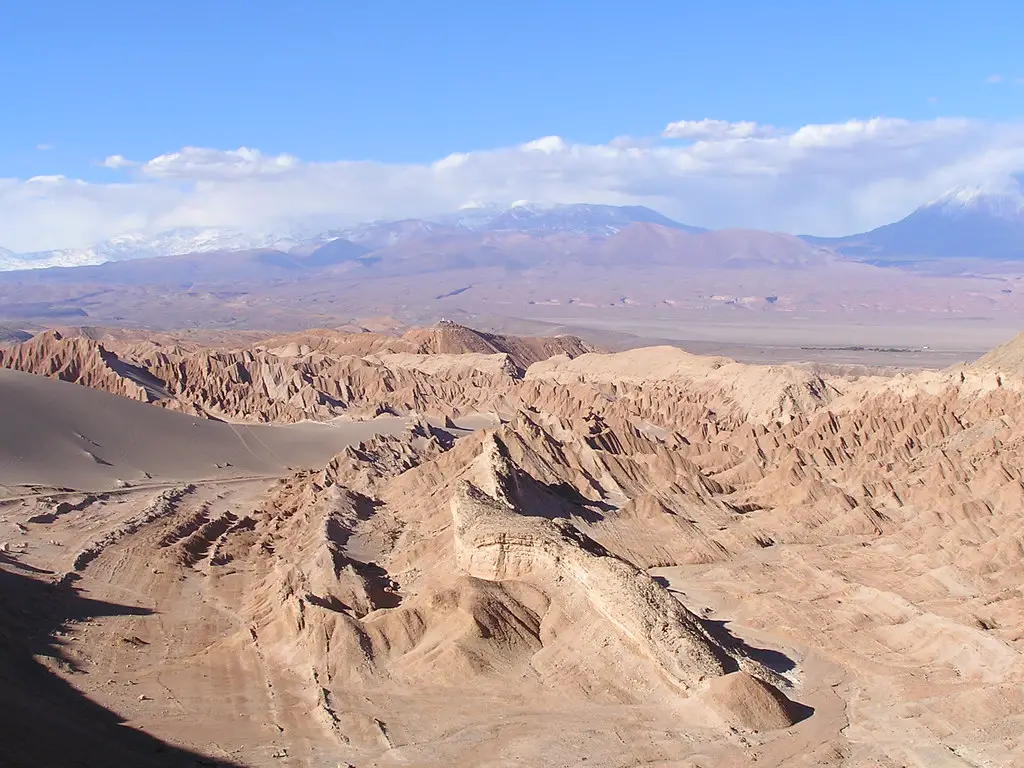
For thousands of years the Atacameño Indians have inhabited the Atacama Desert and the altiplano east of it. They call themselves “Kunza”, or “Likan antai”, meaning “People of this earth”. Around the year zero they constructed their first permanent settlements in the Atacama Desert, the village of Tulor being known as the oldest. In the 15th century they were ruled by the Incas and later by the Spanish, which largely destroyed their culture. Some of their, and the subsequent Spanish, culture can be felt in villages like Chiu Chiu, Lasana and Caspana – east of Calama in the Antofagasta region.
Colonial Village of Chiu Chiu – a Church and a Pucará [Fort]
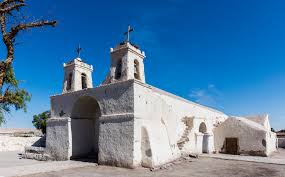
The village of Chiu Chiu lies thirty-eight kilometres east of Calama and is a typical Spanish colonial village. Thanks to the Loa River that crossed the valley it had fertile lands for agriculture. Later it became an important stopover for the mule caravans that transported goods between Bolivia and the Chilean seaport of Cobija.
The centrepiece of the village is the whitewashed church of San Francisco [1675] with 120 centimetres thick walls. It is a National Monument and one of the most beautiful churches of Chile. Check out the ceiling and choir made of cactus wood. About one kilometre north of town lies the ancient pucará [fort], but not much remains [compared to other forts in the Atacama Desert]. Opening hour9-17pm. The village has one hostel: Hostel Tujina.
The Valley of Lasana with Petroglyphs
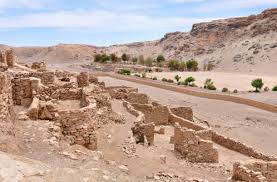
Lasana lies ten kilometres north of Chiu Chiu and going there makes for a wonderful day of hiking. The “Sendero de Chile” [“Walking path of Chile”] passes the fort of Chiu Chiu [see above] and turns left on the fork just north of it. This narrow road leads into a green, fertile valley hemmed in by hills. On the right side are several cave dwellings and a large quantity of petroglyphs, dating from 3,000 B.C. to the Spanish conquest in 1540, which are signposted by explanatory panels in English and Spanish.
Lasana is worth visiting for its extensive pucará, an ancient fort consisting of more than one hundred structures, perched on the top of a hill. Construction started in the fourth century and the fort was used until the conquest of the Spanish. A tiny museum displays a beautiful scale model of the site, pictures of petroglyphs and cactus spines, used by Atacameños for knitting.
The entrance fee is Clp 2000 [US $4], and the pucará’s opening hours are 9-17pm. The entrance fee includes the option of taking a [hot] shower [in a new and clean bathroom]. Overnight stay is possible in the adjacent campsite; it has no shade but does have a swimming pool [in the summer].
Colonial Village of Caspana
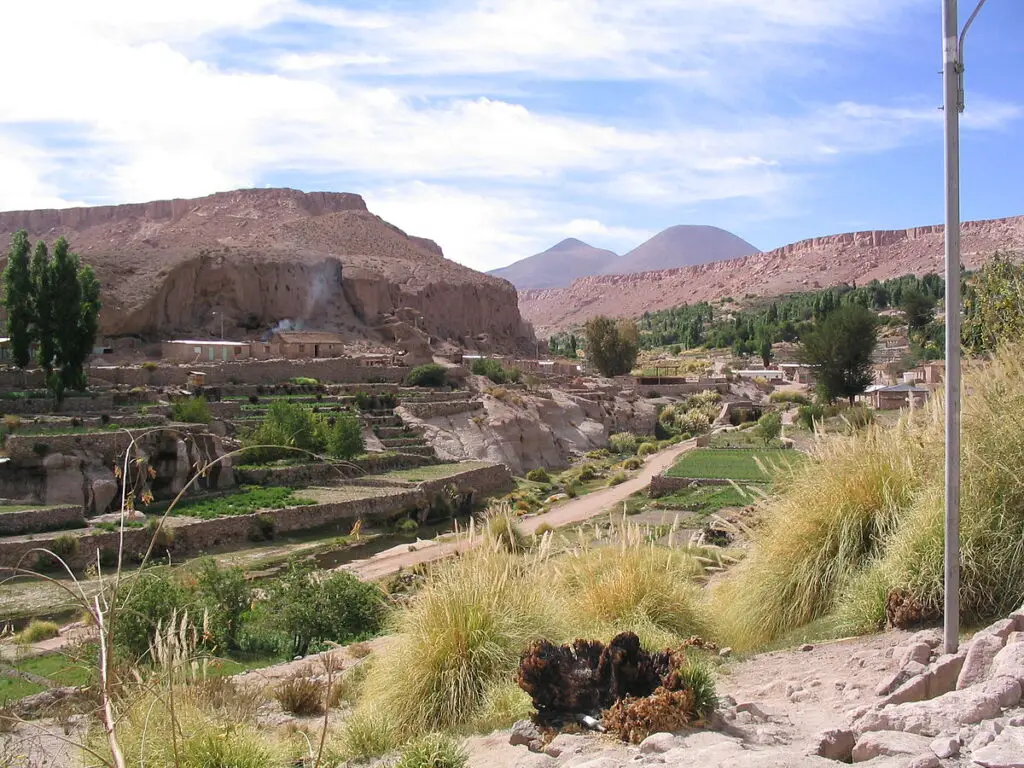
Caspana, at 3260 metres, is considered to be one of Chile’s jewels but is changing rapidly, and not for the better. The traditional, picturesque adobe village is more and more contaminated by modern construction and garbage littering the ground. Having said that, the setting is stunning: the village lies hidden in a gorge, at the bottom of which flows a stream – used for irrigating the small plots of farmland.
The town has a small ethnographic museum about the pre-Columbian cultures of this region. At the end of the old section of the village stands the picturesque 17th century church with its cemetery. The construction of the first hostel started four years ago but according to the villagers it is unclear when it will be finished, if at all.
Transportation to Chiu Chiu, Lasana and Caspana
There is no public transportation going to the villages of Chiu Chiu, Lasana and Caspana. Rent a car in Calama or book a tour in the historic town of San Pedro de Atacama, which will probably include a visit to the spectacular Tatio geysers.
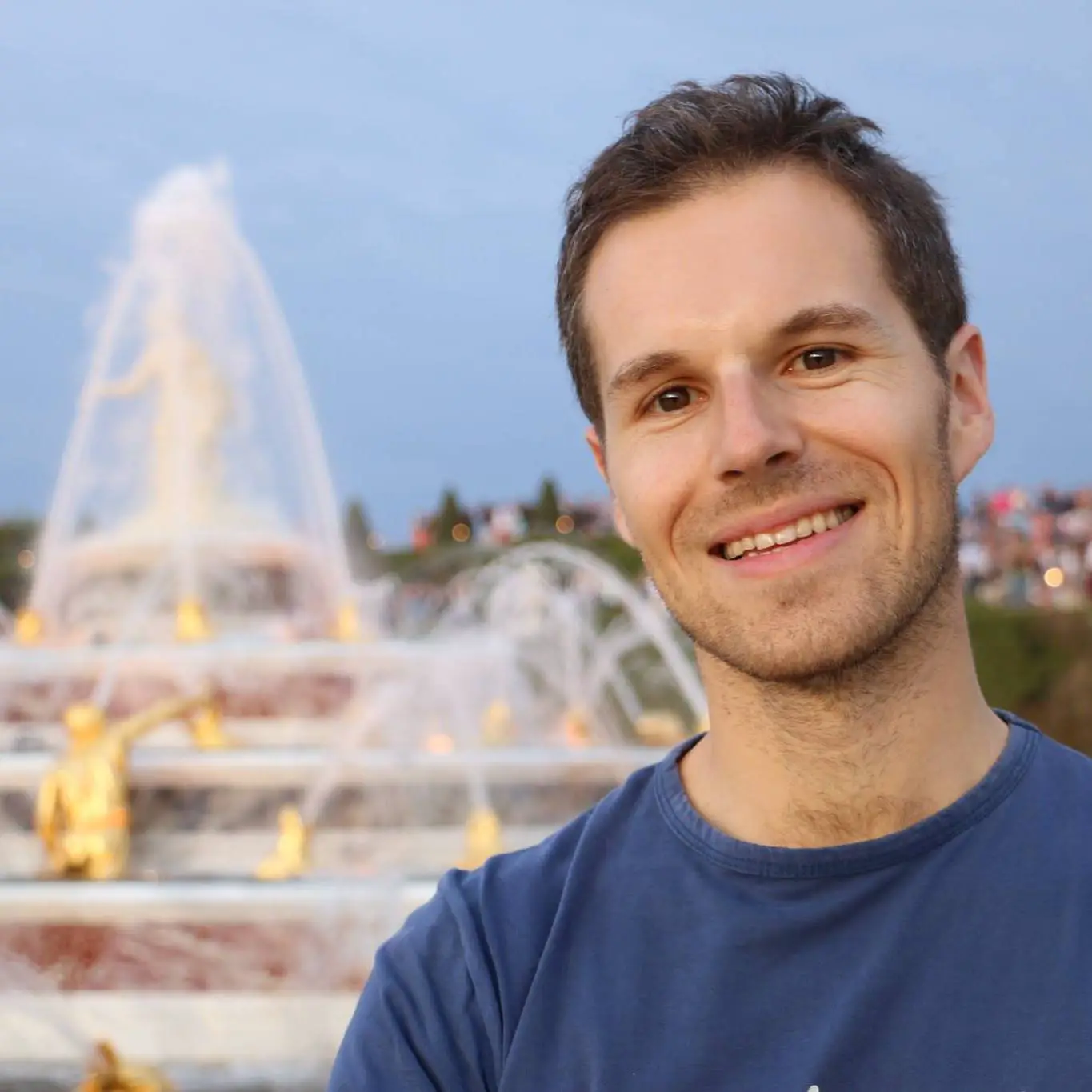
Avid traveler, journalist and writer, he moved away from his native France back in 2006 and settled in Chile. After visiting the country North to South, learning extensively about its culture, History, gastronomy, Thomas started to work as a tour guide. He liked it so much that he ended up creating his own tour agency in Valparaiso, where he lives today. You can visit my site at: https://chileprivatetours.com/
